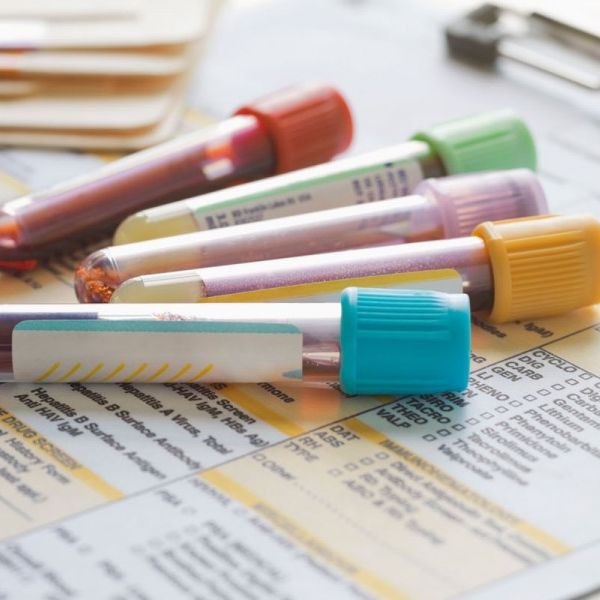What is a C-reactive protein (CRP) test?
A C-reactive protein (CRP) test determines your blood’s concentration of this liver-produced protein. When there is inflammation, your liver releases CRP into the blood.
Your immune system is activated when your body comes in contact with pathogens like bacteria and viruses. This can also happen if you are injured. Inflammatory cells and cytokines are your immune system’s first reactions.
These cells produce inflammatory reactions to absorb bacteria and other harmful substances or to start healing damaged tissue. There may be discomfort, bruising, swelling, or redness. However, inflammation can also impact invisible organs and bodily structures, like your joints.
CRP levels in your blood are usually low. Levels that are slight to considerably greater may indicate a serious infection or other inflammatory illness.
In India, a CRP test costs Rs. 600. The cost may vary depending on location and diagnostic facility.
Why are CRP tests performed?
Medical professionals often request CRP tests to help detect or rule out diseases, like
- Sepsis and other severe bacterial infections
- Bacterial infections
- Osteomyelitis (infection of your bone)
- Colitis of the bowels (IBD)
- Arthritis (and its types)
- Autoimmune conditions, including lupus and rheumatoid arthritis (systemic lupus erythematosus)
- Inflamed vulvar tissue (PID)
Healthcare professionals frequently use CRP tests to check for infections in patients. This test also checks for patients who have recently undergone surgery or other operations.
A CRP test cannot identify a disorder or the location of inflammation in your body. As a result, doctors frequently request additional tests if your CRP readings indicate inflammation.
What is the procedure involved in taking the CRP test?
The following is the procedure involved in taking the CRP test:
- An expert will examine your arms for an easily accessible vein while you are seated in a chair. This is usually on the other side of your elbow, in the inner portion of your arm.
- After identifying a vein, they will clean and sanitize the region.
- They will then insert a tiny needle to draw blood from a vein in your arm. It may feel like a little pinch.
- A tiny amount of blood will accumulate in a test tube after inserting the needle.
- Once sufficient blood is collected, they will remove the needle and apply cotton to stop the bleeding.
What are the benefits of the CRP test?
- It is beneficial in detecting bacterial infections like sepsis.
- It is used to find Pelvic Inflammatory Disease (PID).
- It is helpful to identify autoimmune illnesses, arthritis, and chronic inflammatory diseases such as inflammatory bowel disease.
- It is employed to find infections following operations.
- Untreated high levels of CRP can cause coronary artery disease and increase the risk of heart attack/stroke.
Conclusion
Inflammation is likely to be present if your CRP level is moderate to severely raised. However, a CRP test cannot detect the origin or location of the inflammation in your body. So, if your test results reveal a high CRP level, your doctor will ask you to do more tests. Your CRP level can indicate a variety of things.
Apart from this, if you are interested to know more about What is the Normal Range for Urea in a Human? then visit our Health category.
